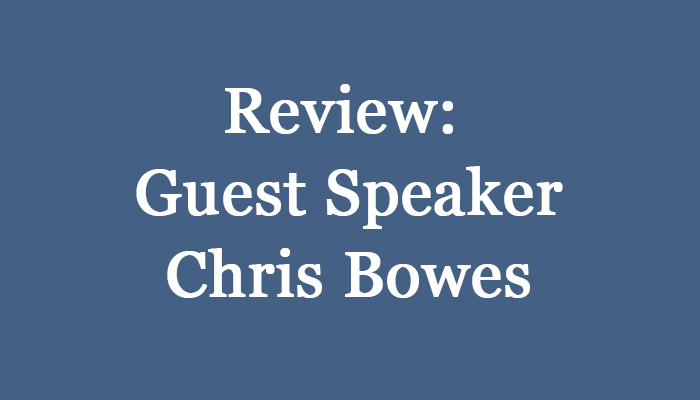In this presentation on studio portrait photography, Chris Bowes from Kindred Cameras will discuss how he designed his latest portrait workshop with Sony Australia and share images and lighting setups of the resulting photos. He’ll talk about each step of the process, including working to a client brief, researching shot styles, creating a mood-board, testing shot ideas, finalising lighting setups, liaising with the model and his approach to selecting and editing his own favourite images from the day.
In a point and shoot, image-saturated culture it’s hard to appreciate all the hard work that often goes into making an attention-grabbing photographic image.
In his presentation to the MCC on Thursday 21 April 2022, entitled “Designing a Studio Portrait Workshop”, Chris Bowes gave us a behind the scenes glimpse into the preparation involved in creating studio images.
To demonstrate he described the steps he went through in putting together a commissioned workshop for participants with various levels of experience.
The brief
Chris began with the brief. As he saw it this was an exercise in giving participants a positive photographic experience using the camera gear he was commissioned by Sony to use for the job. He said: “Photography is theatre – the hardest part is selling the photography experience.” For Chris this entailed considering and setting up the technical foundations, especially lighting.
Research
What images did he want his workshop participants to make?
Chris began by looking at what others had done and searched Google for fashion and sport shots to spark some initial ideas. He arranged the ones he like on mood boards. He uses a program called app.milanote.com to do this. Then, he analysed how each image was lit: was it lit from behind with fill-light on the side, or with a key light just above eye level at the front …?
Lighting Gear
The key task boiled down to identifying and assembling the gear so that his participants would be free to focus on taking the shots. For Chris this required working out the size, distance, intensity, and position of various light sources, including their degree of angle and colour, so that he could control how the light would fall on the subject and create a certain mood (for example through silhouette, rim and stroboscopic lighting, hard or more nuanced shadows etc). Chris prefers to use strobe lighting rather than LED panels.
Testing the setup
To test the lighting set up Chris contracted a model via the Melbourne Models & Photographers Facebook group for test shots two weeks prior to the workshop and for the workshop itself. He selected a dancer for the job.
Editing the images
Finally, Chris wrapped things up by giving us some insight into how he selects images from the shoot. In the first instance, he sorts them in Lightroom flagging ones he has an initial response to, then rates them. He also gives himself time to consider them and discover those images that have “that indescribable thing about them that pricks my interest”, he added. This process will take him one or two weeks to complete. Chris also gave us a tip on editing. He prefers to edit on a true white background. He converts his image into black and white then ramps up the background to pure white using the white slider to the point where it clips . Once edited he opens the image in Photoshop, adds an exposure layer so that he can then reduce the background to just off-white so that doesn’t ‘bleed out’ against a white background.
Chris Bowes, the photographer
Although his presentation was largely technical, Chris injected something of this own passion into his presentation and the workshop process itself. “There’s something magical about trying to capture a human being … I’m more interested in moments and emotions rather than sharpness”, he said. Chris Teaches at RMIT, and is cofounder of Kindred Cameras where he heads up its educational arm. You can find details of his forthcoming workshops at: https://kindredcameras.com/classes/. For additional information about Chris see also see https://www.chrisbowes.com.au
By Helen Lang
The video will available on the Members Video Library page

